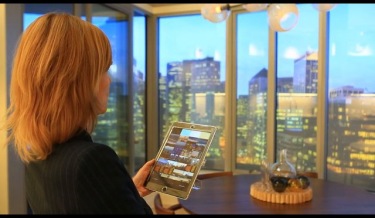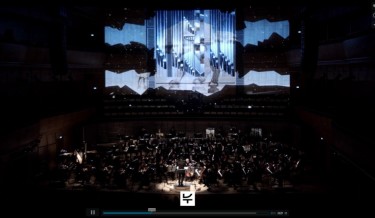Related post
Digital Artist Ingrid Tsy Uses Adobe Stock Assets as the Foundation of Her Wildly Imaginative 3D Artworks
May 02, 2017
|
Comments Off on Digital Artist Ingrid Tsy Uses Adobe Stock Assets as the Foundation of Her Wildly Imaginative 3D Artworks
2128
Lumina from Obscura Digital
Jan 26, 2015
|
Comments Off on Lumina from Obscura Digital
3936
A Projection Mapped Star Wars Pipe Organ
Dec 24, 2015
|
Comments Off on A Projection Mapped Star Wars Pipe Organ
2546










